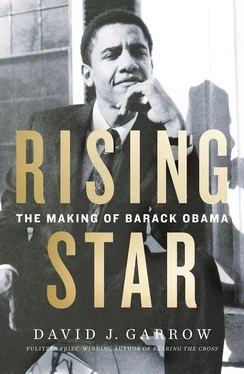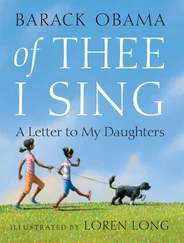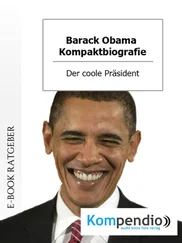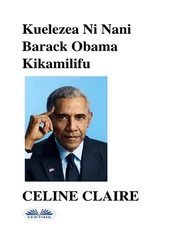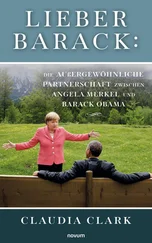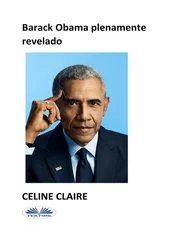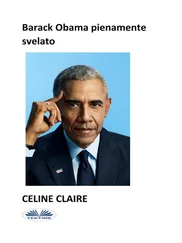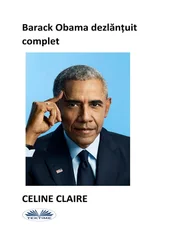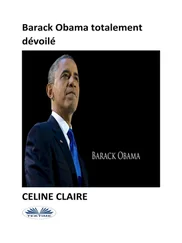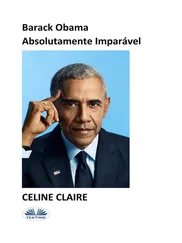John McKnight was unquestionably the most influential social analyst in 1980s Chicago, and he brought Bob Moriarty to organizing. But Greg Galluzzo thought the twenty-two-year-old Moriarty was too young for the congregation-based organizing that UNO was moving toward under Jerry Kellman’s tutelage, so by September 1982 Moriarty was going door to door in South Deering, just like Mary Gonzales had in South Chicago two years earlier. Moriarty’s job was to warn residents that Waste Management Incorporated (WMI), a huge garbage conglomerate that already operated a four-hundred-acre landfill farther south, below 130th Street, had just applied for a city permit to open a new landfill on the 289-acre “Big Marsh,” located just south of 110th Street and west of Torrence, only a few blocks from residents’ homes and the Bright Elementary School on South Calhoun Avenue.
One day Bob knocked on the door of a home on 108th Street, hardly four blocks from the now-shuttered gates of the Wisconsin Steel plant. Moriarty introduced himself to a woman named Petra Rodriguez, who was interested in his information, but Rodriguez also had a hugely consequential recommendation for him: “You should meet my daughter.” And so Bob walked around the corner to her home at 10814 South Hoxie Avenue and brought to Chicago organizing the most important recruit of the decade. The next eight years of Chicago politics would be different because he did so.
Mary Ellen Rodriguez Montes was a twenty-four-year-old stay-at-home mother of three young children. In Spanish, her name was Maria Elena, but to her family, and to the young organizers she would work with, she was simply Lena. “She was very smart, very beautiful, very tough,” Bob remembered, and a “quite extraordinary person,” another organizer explained. A priest who knew Lena well recalled her as “a real dynamo. She was also very attractive: great charisma and personality and very engaging.”
Lena easily recalled Bob’s first visit: “I remember him coming to the door.” She knew about the Love Canal environmental disaster near Niagara Falls, New York, and Chicago newspapers were reporting that a company called SCA Chemical Services had asked the Illinois Environmental Protection Agency (IEPA) for permission to move toxic chemical waste from downstate Illinois to an incinerator located at 11700 South Stony Island Avenue, just southwest of where WMI wanted to locate its landfill. Lena and her husband Ray agreed to host the first meeting of Bob’s recruits in their second-floor living room. Another young stay-at-home mom who attended was Alma Avalos. One year younger than Lena, she had grown up on Petra Rodriguez’s block and now had two young children. Bob, Lena, and Alma then spent the next several weeks recruiting other South Deering residents to protest against the two facilities.
Before the end of October they were ready to act. They wanted a public meeting, in South Deering, with IEPA director Richard Carlson, but they got no response. Then Moriarty, along with another organizer, Phil Mullins, who had come to UNO from Pilsen, suggested taking a busload of residents, along with their children, to Governor James R. Thompson’s office in downtown Chicago. Arming the children with sticky caramel apples, the group made its way to the governor’s suite via an unsecured back stairway. With Lena and Alma in the lead, the group said they weren’t leaving until they spoke to Carlson. Unhappy staffers got Carlson on the phone, and he promised a meeting, but by the upcoming Election Day, November 2, one still had not been scheduled. Jerry Kellman happened to know where the governor voted, so another bus trip was scheduled for what turned out to be a chilly, rainy day. After a wait of several hours, Thompson’s limousine finally appeared, and the group dashed toward him brandishing picket signs. With plenty of journalists looking on, a public meeting was quickly promised.
Four weeks later, on the evening of December 6, Carlson traveled to the Trumbull Park Fieldhouse, on South Deering’s northwestern flank, to speak to a crowd of more than two hundred residents. Moriarty and his recruits had prepared carefully for the session. They were concerned, however, by the presence of Foster Milhouse, a well-known precinct captain in Alderman Vrdolyak’s 10th Ward political organization and a leader of the old-line South Deering Improvement Association (SDIA), a group that traced its roots back to an infamous August 1953 race riot. When the Chicago Housing Authority (CHA) accidentally assigned one black family to the housing project that adjoined Trumbull Park, SDIA’s membership responded with violence. After more African American families moved in during the next four years, even greater violence erupted in July 1957. When Milhouse began heckling at the outset of the December 6 meeting, Moriarty’s recruits responded quickly. “We call him Judas,” Moriarty remembered, and “they just jeer him out of the hall … ‘Judas, Judas, Judas.’ ” Once Milhouse was dispensed with, Carlson quickly agreed to the residents’ requests, but it was Lena who emerged as the star of the evening. “I somehow kind of like blossomed in this room,” she remembered. “I actually enjoyed it,” and indeed “felt called to it.” Also present was her husband Ray, who “really had an interest in being a lead person” and who “seemed a little bit upset about it,” Lena explained, when his wife emerged as the residents’ lead spokesperson. Ray “was a decent guy, but really insecure,” Bob recalled, and Alma described it similarly: “jealousy.” 19
Carlson’s appearance put their group on the map, and by the end of the year, they had chosen a name to distinguish themselves from the larger UNO: Irondalers Against the Chemical Threat, or IACT. In February 1983, a wary Alderman Vrdolyak met with them about WMI’s proposed landfill. Lena recalled that he “met with us on the site of Waste Management’s proposed dump and from where we stood, we could see our homes. He said, ‘Gee, I didn’t realize that it was this close to the houses.’ I said, ‘Does this mean you’re going to oppose it?’ And he said, ‘Oh no, I’ll reconsider and get back to you.’ Well, he never did get back to us.”
In the meantime, when incumbent mayor Jane Byrne, whom Vrdolyak energetically backed, finished second in the Democratic mayoral primary on February 22, Vrdolyak’s political fortunes took a turn for the worse. Byrne got 33 percent, and Cook County State’s Attorney Richard M. Daley—a son of the late Richard J. Daley, Chicago’s powerful mayor from 1955 until his death in late 1976—placed third with 30 percent. The upset winner was African American congressman Harold Washington, who rode a tidal wave of enthusiasm among black voters to a 36 percent plurality. Washington still had to win the general election against Republican former state legislator Bernard Epton, and the racial symbolism of Chicago electing its first black mayor—or white voters uniting to stop it—cast the contest in starkly racial terms.
Washington visited the IACT activists at Bright School on March 29, and on April 12, he narrowly edged Epton, winning 51.7 percent against the Republican’s 48 percent. Analysts concluded that only 12.3 percent of the city’s white voters, primarily from the generally liberal lakefront wards, voted for Washington. Seventeen days later, on April 29, 1983, Chicago’s first black mayor took office. 20
Throughout the latter part of 1982 and the first five months of 1983, the outlook for Southeast Side steelworkers grew worse and worse. There was even more concern when word got out that PSW president Tony Roque had signed an agreement with Chase Manhattan in August 1980 that allowed the workers to recoup their bounced checks, but that also potentially released International Harvester from most if not all of its pension obligations to Wisconsin’s former workers. Roque had not understood the legal implications of what he had signed. Some families were becoming so desperate that SOJC had initiated free food distribution twice each month and received additional funding support via UNO.
Читать дальше
